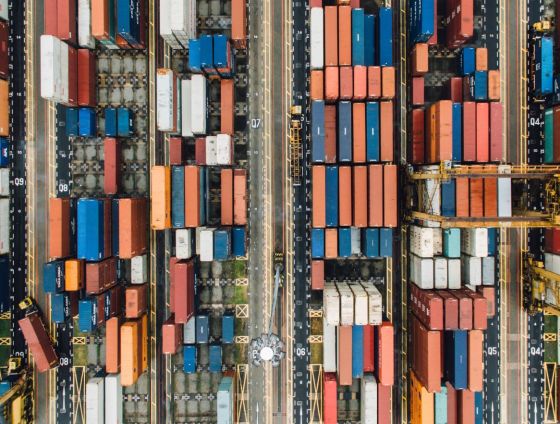
A shortage of shipping containers at major global export ports is now seriously impacting fastener availability in the UK and Ireland, the British & Irish Association of Fastener Distributors warns. The crisis is also forcing up container freight costs three-fold and exacerbating other cost drivers to fuel sharp product inflation.
Container shortages are currently the biggest disrupter according to specialist supply chain media The Loadstar on 1st December. That’s an assessment echoed
by BIAFD importer members, who say they now have major backlogs at factories, which cannot be shipped to the UK and Ireland due to the lack of containers.
The CAx, an index of container availability2, is now at record low levels. A reading below 0.5 indicates a deficit of containers. For week 49 the reading for Shanghai Port was just 0.03 – compared with 0.53 ten weeks previously, and 0.66 in Week 6 2020. The indices for other global – and also European ports - show plunging container availability over recent weeks.
The container shortages are an indirect consequence of the Coronavirus pandemic. Emerging early from the pandemic, Chinese factories recovered production and recommenced exports to global markets. More recently, export shipments increased ahead of the Chinese National Day holiday in October, further ratcheting during the peak season run-up to Christmas.
Containers are collected from port and road or rail freighted to companies. However, return times to ports in all import markets have significantly increased, due
to coronavirus-related shortages of vehicles and drivers.
Container shortages have also been exacerbated by the volumes of personal protection equipment being imported. In November, the UK’s main container port at
Felixstowe was said to be storing some 11,000 containers of PPE ordered by the British Government. Many of these containers have now been moved to inland
storage points but the containers are unlikely to be released for many months and potentially longer.
With finances hit hard by the collapse of global trade, resulting from the pandemic, shipping lines radically tightened capacity on most routes. Lack of capacity and low backhaul profitability has meant containers returning to export markets far more slowly. More lucrative transpacific routes to American markets have
also taken priority for both container ships and containers over European routes.
While container manufacturers are reported to have stepped up production, output lags well behind demand, and the knowledge that the container market will
eventually rebalance is a disincentive to further ramping up output. All the indications are that it will be several months before equilibrium is restored. With backlogs rapidly growing at exporters and an early Chinese New Year putting further pressure on capacity, it looks improbable the situation will return to any level of normality until the end of quarter one 2021.
UK and Irish importers have faced additional challenges, due to persistent delays at Felixstowe Port, which have knocked onto other UK ports. Some carriers
have applied substantial port congestion surcharges, further adding to importers’ costs. More problematically, some shipping lines are bypassing UK ports to avoid delays, dropping containers at Northern European ports - which typically adds a further two weeks to lead times, placing further pressure on availability.
In addition to creating availability challenges, all of these factors are driving major increases in freight costs for importers. BIAFD importers report container
freight costs tripling, without factoring in port surcharges or costs of rerouted shipments. This means an effective on-cost to products often well in excess of ten
percent.
Other inflationary pressures on fastener costs were already becoming evident. Asian steel prices have increased sharply in the last month, with further increases
predicted, as supply tightness is compounded by a serious accident in a major Korean steel plant. European steel lead times have also extended sharply, for some
wire grades tripling to more than twenty weeks, and steel producers are expected to introduce substantial cost increases early in 2021.